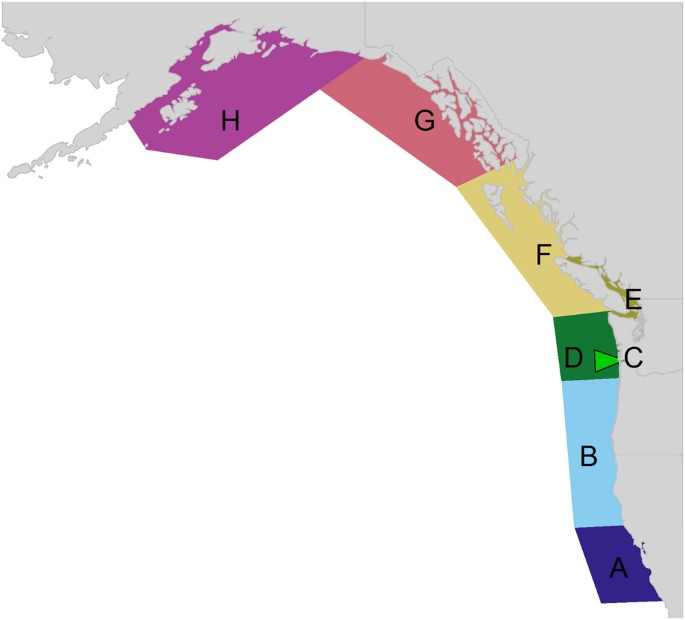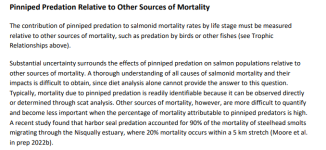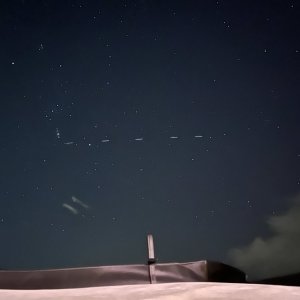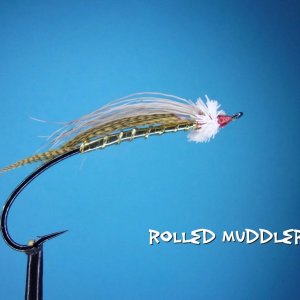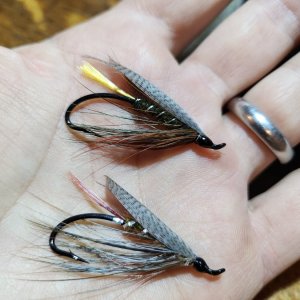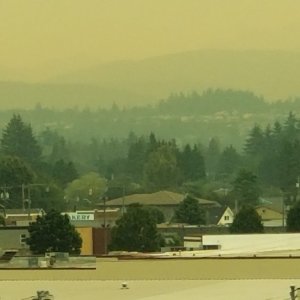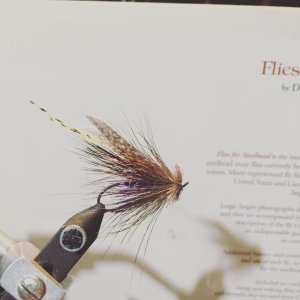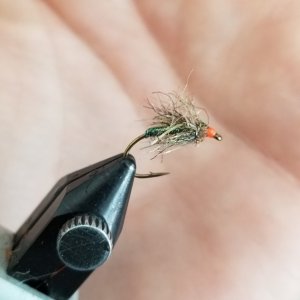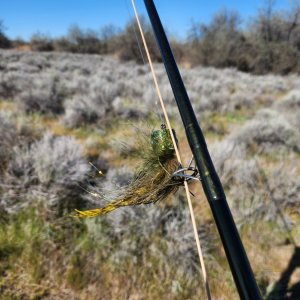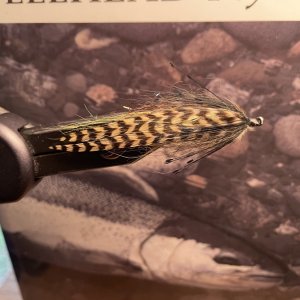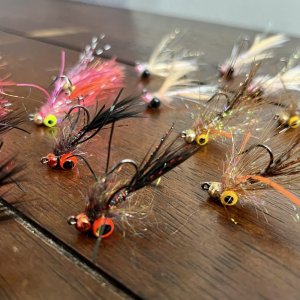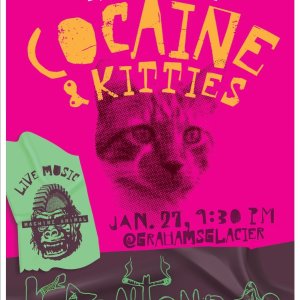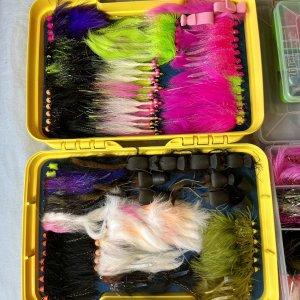Flymph
Steelhead
Source please.Outgoing smolt from the Nisqually are heavily predated by pinnipeds. But nobody is talking about that. It's an unpopular and inconvenient fact. There are in fact seals that are specialising in the activity. It's probably a major limiting factor with production on that stream.
These are highly effective and adaptable creatures. They are opportunistic and will exploit any food source and niche available. They aren't stupid.

